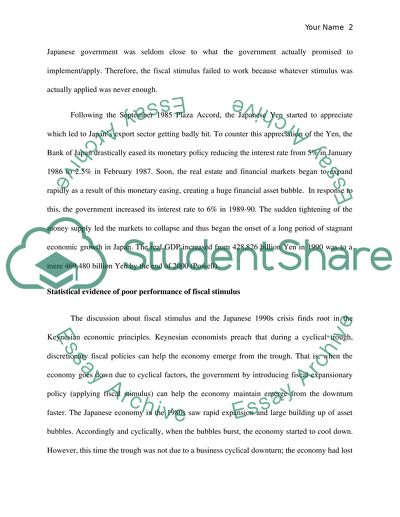Cite this document
(“Is the fiscal stimulus worked during the Japanese Stagnation in early Research Paper”, n.d.)
Retrieved from https://studentshare.org/macro-microeconomics/1433170-is-the-fiscal-stimulus-worked-during-the-japanese
Retrieved from https://studentshare.org/macro-microeconomics/1433170-is-the-fiscal-stimulus-worked-during-the-japanese
(Is the Fiscal Stimulus Worked During the Japanese Stagnation in Early Research Paper)
https://studentshare.org/macro-microeconomics/1433170-is-the-fiscal-stimulus-worked-during-the-japanese.
https://studentshare.org/macro-microeconomics/1433170-is-the-fiscal-stimulus-worked-during-the-japanese.
“Is the Fiscal Stimulus Worked During the Japanese Stagnation in Early Research Paper”, n.d. https://studentshare.org/macro-microeconomics/1433170-is-the-fiscal-stimulus-worked-during-the-japanese.


